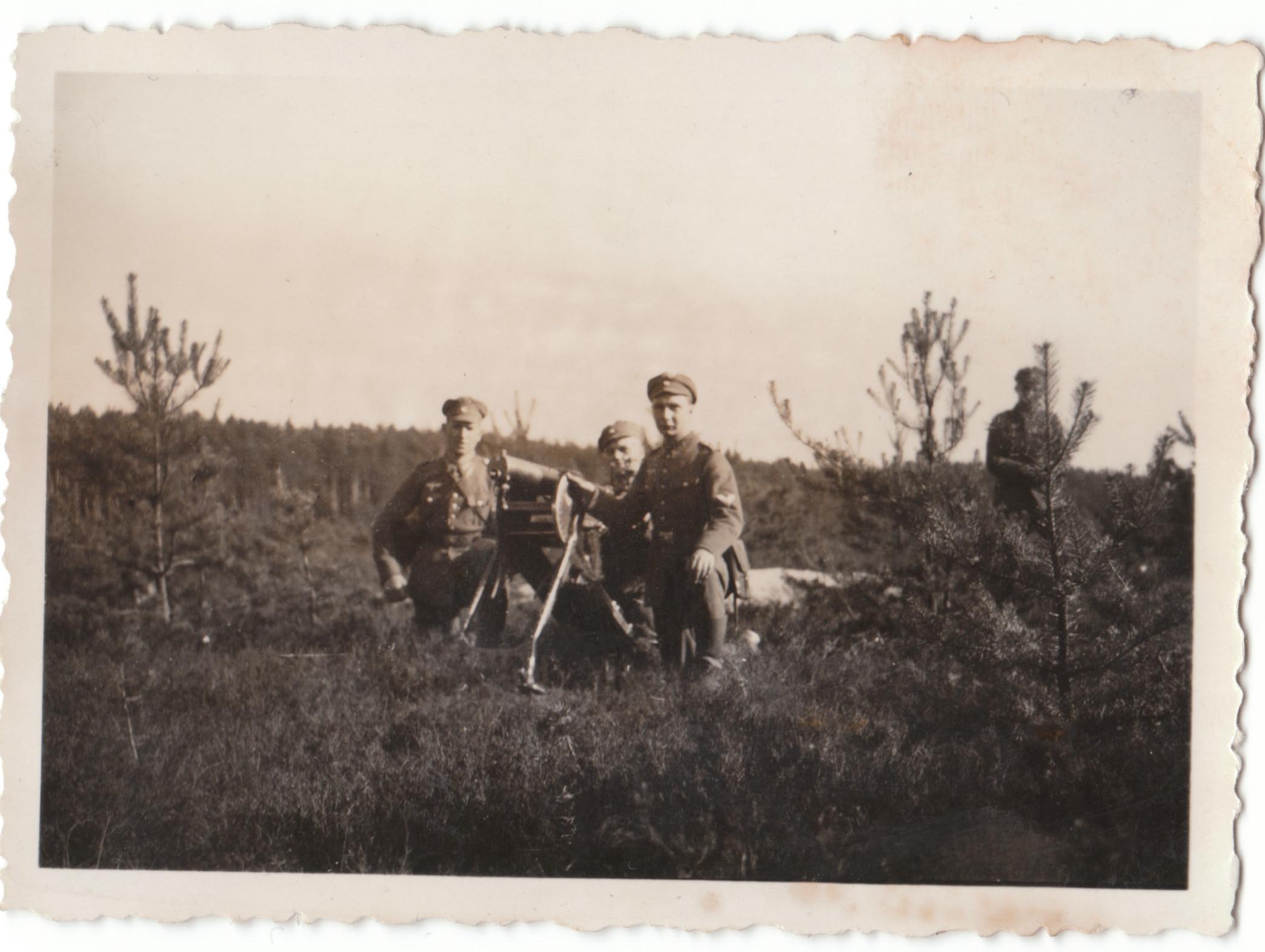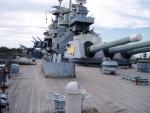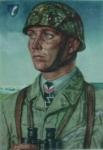-
Posts
4,324 -
Joined
-
Last visited
Content Type
Profiles
Forums
Blogs
Gallery
Events
Store
Everything posted by Nick
-
Firefly Spot on ! What gave it away ? You sir are a true anorak. Battleship BB55 USS North Carolina as of Sept 2003. A truly enormous ship that although a little primitive by today?s standard had many more home comforts than afforded to equivalent RN ships of the time. This included in true US style a Soda fountain and ice cream parlour !! Here is a short history of her taken from the official memorial website. "When the keel of NORTH CAROLINA was laid in October of 1937, she was the first battleship to be constructed in sixteen years. She became the first of ten fast battleships to join the fleet in World War II. NORTH CAROLINA (BB 55) and her sister ship, WASHINGTON (BB 56), comprised the NORTH CAROLINA Class. Following them were the SOUTH DAKOTA Class ? SOUTH DAKOTA (BB 57), INDIANA (BB 58), MASSACHUSETTS (BB 59), and ALABAMA (BB 60) ? and the IOWA Class - IOWA (BB 61), NEW JERSEY (BB 62), MISSOURI (BB 63), and WISCONSIN (BB 64). At the time of her commissioning on 9 April 1941, she was considered the world?s greatest sea weapon. Armed with nine 16-inch/45 caliber guns in three turrets and twenty 5-inch/38 caliber guns in ten twin mounts, NORTH CAROLINA proved a formidable weapons platform. Her wartime complement consisted of 144 commissioned officers and 2,195 enlisted men, including about 100 Marines. During World War II, NORTH CAROLINA participated in every major naval offensive in the Pacific area of operations and earned 15 battle stars. In the Battle of the Eastern Solomon?s Islands in August of 1942, the Battleship?s anti-aircraft barrage helped save the carrier ENTERPRISE, thereby establishing the primary role of the fast battleship as protector of aircraft carriers. One of her Kingfisher pilots performed heroically during the strike on Truk when he rescued ten downed Navy aviators on 30 April 1944. In all, NORTH CAROLINA carried out nine shore bombardments, sank an enemy troopship, destroyed at least 24 enemy aircraft, and assisted in shooting down many more. Her anti-aircraft guns helped to halt or frustrate scores of attacks on aircraft carriers. She steamed over 300,000 miles. Although Japanese radio announcements claimed six times that NORTH CAROLINA had been sunk, she survived many close calls and near misses - such as the Japanese torpedo which slammed into the Battleship?s hull on 15 September 1942. A quick response on the part of the crew allowed the mighty Ship to keep up with the fleet. By war?s end, the Ship lost ten men in action and had 67 wounded. After serving as a training vessel for midshipmen, NORTH CAROLINA was decommissioned 27 June 1947 and placed in the Inactive Reserve Fleet in Bayonne, New Jersey, for the next 14 years until the 1958 announcement of her impending scrapping led to a statewide campaign by citizens of North Carolina to save the ship from the scrappers torches and bring her back to her home state. The Save Our Ship (SOS) campaign was successful and the Battleship arrived in her current berth on 2 October 1961 and was dedicated as the State's memorial to its World War II veterans on 29 April 1962. Vital Statistics Hull Number: BB 55 Keel Laid: October 27, 1937 Launched: June 13, 1940 Commissioned: April 9, 1941 Decommissioned: June 27, 1947 Length: 728 feet 5/8 inches long Extreme Beam: 108 feet 3 7/8 inches wide Mean Draught: 31 feet 7 inches normal, 35 feet 6 inches maximum Displacement: 36,600 tons standard, 44,800 tons full load Complement: 2,339 (144 officers and 2,195 enlisted) Speed: 28 knots Armament: 9 16-inch/45 caliber guns 20 5-inch/38 caliber guns 60 40mm/56 caliber guns 48 20mm/70 caliber guns "
-
-
I may have got my facts wrong as I am relating something from quite a few years back. When I was a teenager I spent several years with the Sea Cadet Corps. Our training establishment which was sponsered by the Royal Navy was named after HMS Acorn. I have always wondered when she was last commisioned and I am sure there was a painting and a story relating to HMS Acorns role with HMS Hood. However I may be well off the mark.
-
Yes a very strange looking vehicle !
-

The Queen's Lancashire Regiment
Nick replied to John's topic in Great Britain: Research, Documentation & History
I think that the Royal Artillery wear a white lanyard for cowardice to remind them of a battle where the guns were abandoned. Is this true ? -
Does anyone know what role HMS Acorn played in the fight against Bismark? Thanks
-

The Longest Serving Copper
Nick replied to John's topic in Great Britain: Mervyn Mitton's British & Colonial Police Forces
The longest serving British Police Officer was Supt Richard Jervis Lancashire Constabulary he served 57 years in the police from 1850 to 1907. He joined at 18 and retired at 75 years of age ! He wrote a book called Chronicles of a Victorian Detective (reprinted a few years ago). He was also awarded the KPM two years after he retired, but he was ill so he did not receive it until 1911 and he died the day he got the medal. This is his medal: -
Not enough room to swing a cat animal
-

The Battle For The Falkland Islands.
Nick replied to John's topic in Great Britain: Research, Documentation & History
Yes. Sadly the days that the Royal Navy ruled the waves are long gone. It seems that WW2 was the swan song for the RN dominance. The falklands showed how stretched we were back in the eighties. Now the fleet is almost non existant. But go to San Diego or Richmond USA and there you will see what a fleet is, and that the ones not at sea !! -
Well I m not so sure the 2SU, used in a ground defence role with X4 30mm cannon would probably make a small dent in the armour of a T55
-
Sorry its the jacket.
-
I thought it was a 100mm rifled gun that fired AT-10s ?
-
Anyone know what museum houses the only surviving Napoleonic Rifle Officers Dolman ? I would like to get some photo's of it for a project. But I am not sure if it is in the National Army Museum or elsewhere.
-
Is it true then that if senior NCO's volunteered for the Forlorn Hope, acquitted themselves well and survived, they could have been possibly awarded a commission ? I find this hard to believe as being a matter of course although undoubtedly it may have happened on the very rare occasion.
-
Probably not. However the Iron Cross did come long before the nazi's and the German Army still use the stylized Iron Cross shape today.
-

Badge For Shooting Down Low Flying Aircraft
Nick replied to Craig's topic in State, Civil Awards & Decorations
It was instituted on 12th Jan 1945 but it is believed only awarded on paper. Due to the late stages of the war the badge is highly unlikely to have been ever made. You do see repro's about that give an idea of what it would have looked like. It looks like the tank destruction badge but instead of a panzer has a small fixed wing aircraft in the center. It was awarded along the lines of the tank destruction badge i.e. to shoot down the aircraft single handed but not as part of a flak battery etc. -
The Iron Cross was last awarded in WW2. It is only instituted in wartime when the actual security of Germany is threatened. Hence there are the 1813, 1870 1914 & 1939 versions of the Iron Cross. There is also the 1957 version which replaced the 1939 Iron Cross so that WW2 veterans could wear their awards without breaking the German Law and showing the swastika. These crosses were only replacements to those that were awarded the WW2 Iron Cross series. If there was ever another situation in which Germany was directly threatened by invasion, technically the Iron Cross could be reinstituted, but it cannot be awarded in peacetime. As to whether future German Governments would ever do that even in time of war, is debateable, due to the demilitarisation of German society since WW2.
-
It was awarded for service "at home". So I think you are partly right in what you say, but it could only be awarded in wartime not peacetime and could be awarded to military personel as well as civilians. In the Franco Prussian war of 1870 several British Officers (Surgeons who were attached to German Units) were awarded the Iron Cross (mainly of the non combatant variety) for services to the wounded. In WW2 this non combatant award was replaced by the War Merit Cross.
-
Forlorn Hope Did soldiers who survived volunteering for the forlorn hope in breaching sieges get any kind of formal or regimental recognition i.e. a badge. I remember reading in one of the Bernard Cornwall novels that there was some kind of badge worn on the sleeve. Did this really exist and if so what did it actually look like and are there any surviving examples left ?
-
Here is an interesting scarce picture of an Imperial German soldier (possibly railwayman?). He is wearing the ribbon of the non combatant (EK2) Iron Cross 2nd Class with the reversed colours.
-
I could'nt agree more !!
-

Royal Navy Cap Tallies
Nick posted a topic in Great Britain: Militaria: Badges, Uniforms & Equipment
Can anyone give me an explanation as to why some RN Cap tallies have a full stop after the ships name and other do not. For example.






